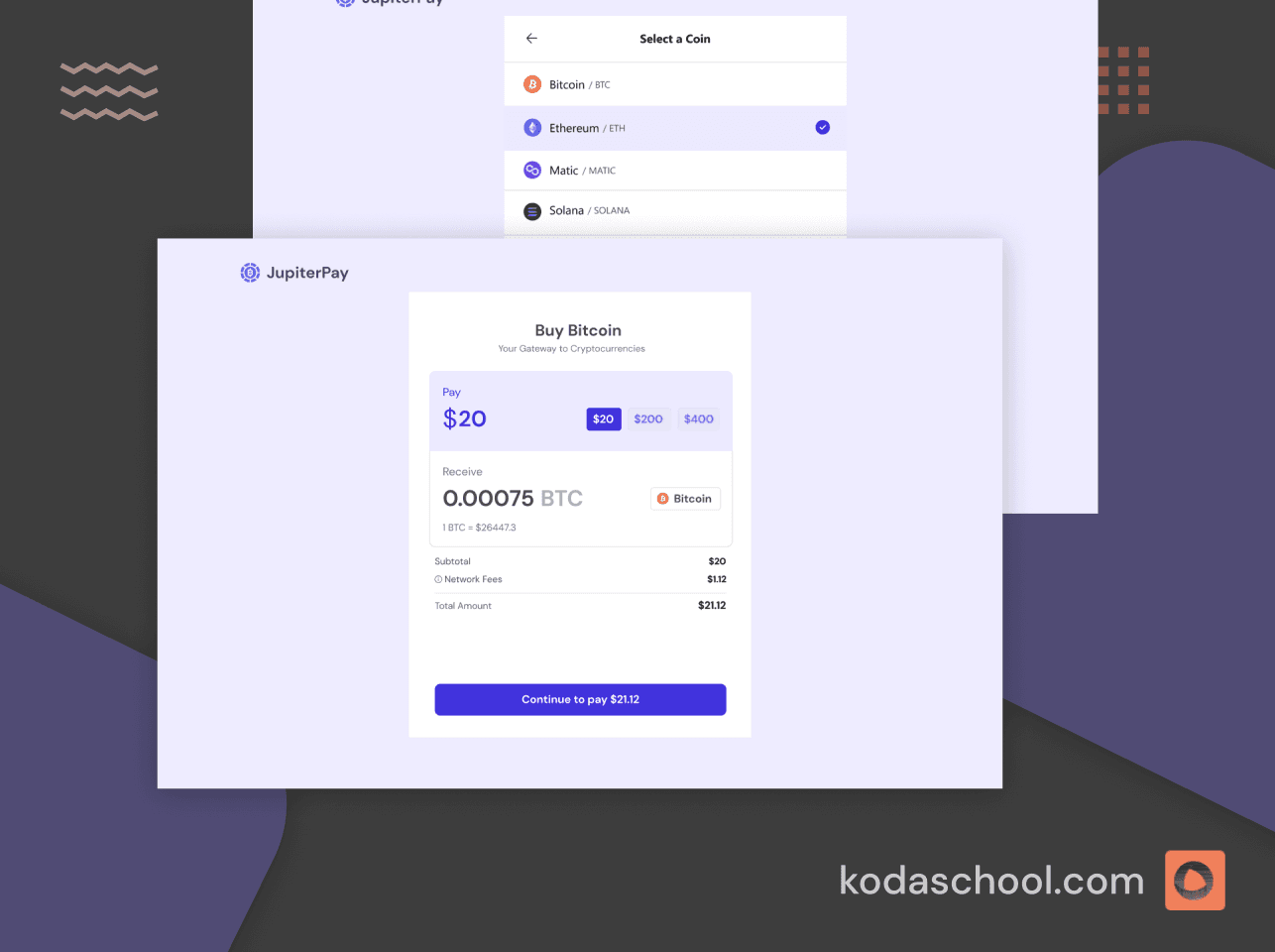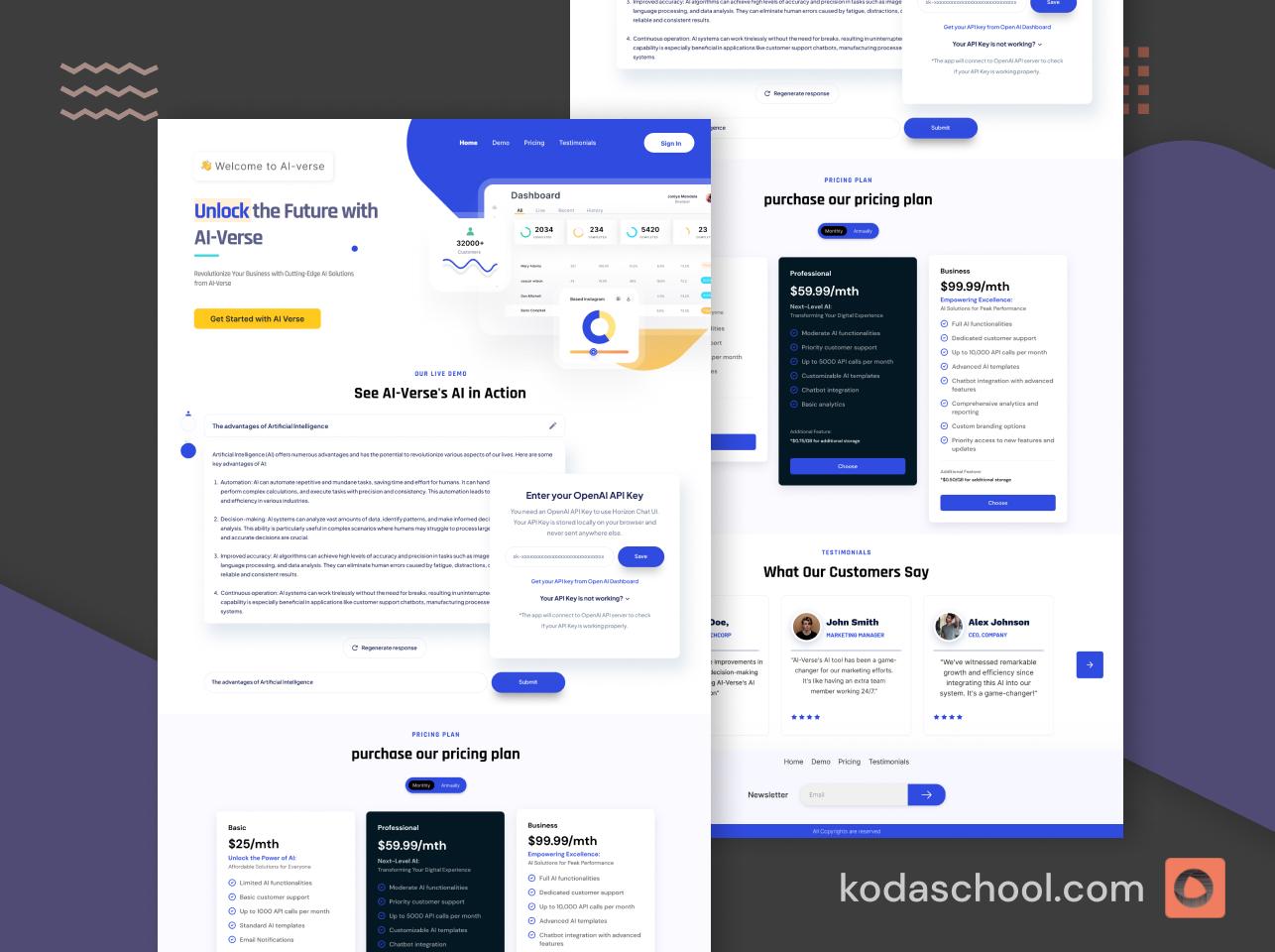Amazon S3 Object Key vs. Object Metadata
Amazon S3 is a powerful storage service, but managing large amounts of data effectively means understanding how to use Object Keys and Object Metadata.
Amazon Object Key vs. Object Metadata: Effective Object Management in Amazon S3
Amazon S3 (Simple Storage Service) is one of the most popular services offered by AWS for object storage. It is widely used for its scalability, security, and ease of integration with other AWS services. A key aspect of effective management of data in S3 lies in understanding how Amazon Object Keys and Object Metadata work. Both these elements play a vital role in identifying and managing objects, but they serve different purposes. In this article, we’ll explore the difference between Amazon S3 Object Keys and Object Metadata, and when to use each for effective object management.
Introduction to Amazon S3 Object Keys and Metadata
When storing objects in Amazon S3, each object consists of two main components:
- Object Key (also referred to as a "key"): The unique identifier for an object within a bucket.
- Object Metadata: The data that describes the object, including its properties such as size, content type, or custom tags.
While both are crucial, understanding the distinction and proper use of each helps optimize the storage, retrieval, and organization of data.
Try Kodaschool for free
Click below to sign up and get access to free web, android and iOs challenges.
Amazon S3 Object Key
The Object Key in S3 is essentially the path or identifier that uniquely specifies an object within an S3 bucket. The object key is a unique string within a bucket and can be considered analogous to a file path in a traditional filesystem.
Key Features:
- Uniqueness: Each object key must be unique within a given bucket. However, multiple objects across different buckets can have the same key.
- Hierarchical Naming: Object keys often simulate a hierarchical structure, like folders within a filesystem (though S3 itself is a flat storage system). For example:
/images/2024/vacation/photo.jpg/docs/reports/annual_report.pdf
- Case Sensitivity: Object keys are case-sensitive, which means that
/Images/2024/and/images/2024/would refer to two distinct objects.
Common Use Cases for Object Keys:
- Organizing Data: Object keys can be used to create logical hierarchies for organizing data. For example, using object keys that follow a date structure like
year/month/day/filenameallows for efficient time-based organization. - Efficient Retrieval: Object keys are fundamental to how you access and retrieve objects from S3. Knowing the exact object key allows you to retrieve data quickly without scanning through other objects.
- Versioning: In buckets where versioning is enabled, object keys are combined with version IDs to uniquely identify different versions of the same object.
When to Focus on Object Keys:
- Data Organization: If your primary focus is on organizing and retrieving data based on logical structures (e.g., date-based, category-based organization), object keys play a critical role.
- Fast Access: When speed and accuracy in object retrieval are necessary, choosing a meaningful, hierarchical key structure is crucial.
- Indexing: Use object keys to represent data in a way that supports indexing and querying in applications, as S3 allows searching objects based on their keys.
Amazon S3 Object Metadata
Object Metadata in Amazon S3 provides additional information about an object beyond its key. There are two main types of metadata in S3:
- System-Defined Metadata: Automatically created and managed by S3.
- User-Defined Metadata: Custom metadata that you can define and manage for your own purposes.
System-Defined Metadata:
This includes data that S3 assigns automatically when you upload an object. Examples include:
- Content-Type: Specifies the media type of the object (e.g.,
image/jpeg). - Content-Length: Specifies the object's size in bytes.
- Last-Modified: Indicates when the object was last modified.
- ETag (Entity Tag): Used for object versioning and ensuring data integrity.
User-Defined Metadata:
S3 allows you to add your own key-value pairs as metadata. For example:
- Custom Tags: You can store additional properties such as
author,project name, ordepartment. - Content-Dispositions: You can control how objects are displayed or handled upon download (e.g.,
inlineorattachment).
Common Use Cases for Object Metadata:
- Access Control: Use metadata to manage access and permissions at a granular level. For example, metadata can store information related to user roles or object sensitivity.
- Automation: Metadata can be leveraged in automation workflows. For example, Lambda functions can trigger based on metadata (e.g., processing an image file differently based on its
Content-Type). - Custom Data: User-defined metadata can store any additional information required for an object, which can then be used by external applications for processing or analysis.
- Version Control and Integrity: Metadata like ETag can be used to verify object integrity after transmission, or to identify versions of the same object.
When to Focus on Object Metadata:
- Managing Additional Object Attributes: If your application needs to store or process custom attributes related to objects (e.g., user roles, descriptions), use user-defined metadata.
- Automation: Metadata helps in automating object lifecycle management, where actions can be triggered based on object attributes.
- Content-Type Identification: To ensure that the objects are handled correctly by browsers or other services, system metadata like
Content-Typeis essential. - Compliance and Auditing: Metadata can store critical information such as audit logs, compliance tags, or sensitive data classifications.
Differences Between Object Keys and Object Metadata
When to Use Object Keys vs. Object Metadata
Understanding when to rely on object keys or object metadata is critical for optimizing your S3 storage.
Use Object Keys When:
- You need to organize and categorize objects in a structured manner.
- Object retrieval speed is important, and you have a known key structure.
- You are implementing version control or indexing based on object names or paths.
Use Object Metadata When:
- You need to store additional attributes that describe the object.
- Your application requires automation workflows triggered by metadata attributes (e.g., triggering an AWS Lambda function based on
Content-Type). - You need flexibility in storing and updating object-related information without changing the object’s key.
Conclusion
Amazon S3’s Object Key and Object Metadata serve distinct but complementary roles in object storage and management. Object Keys are vital for identifying and retrieving objects efficiently, while Object Metadata allows you to store additional information, automate workflows, and manage object attributes. Using both effectively can optimize your S3 operations, allowing for better organization, control, and automation of your data.
Understanding when to prioritize object keys over metadata (and vice versa) is key to designing scalable, maintainable, and efficient S3 storage solutions.











